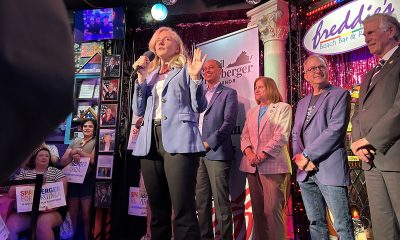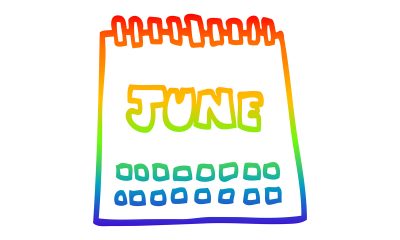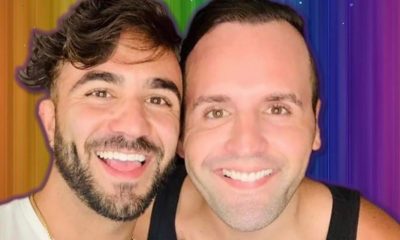Local
Ward 2 redistricting plan would split Dupont Circle ‘gayborhood’
Activists call on Council to keep LGBTQ neighborhood intact
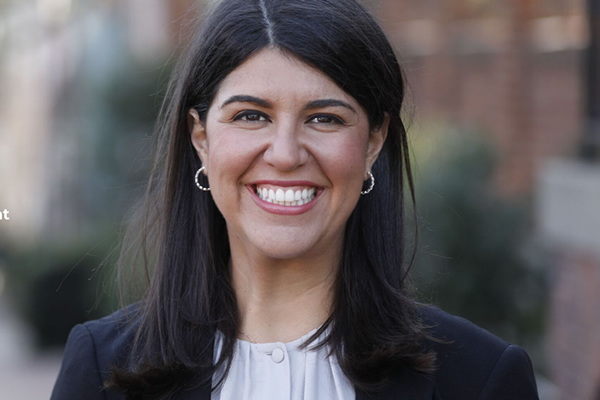
D.C. Councilmember Brooke Pinto (D-Ward 2) has joined a growing contingent of her ward’s LGBTQ residents in calling on the D.C. Council to reject parts of three proposed redistricting plans for Ward 2 that would transfer portions of the North Dupont Circle neighborhood into Ward 1.
The redistricting proposals, which were released to the public on Monday, Nov. 1, were drafted by a three-member D.C. Council Subcommittee on Redistricting appointed by Council Chair Phil Mendelson (D-At-Large).
The subcommittee members include Council members Elissa Silverman (D-At-Large), who was named as chair; and fellow Council members Anita Bonds (D-At-Large) and Christina Henderson (I-At-Large).
In an eight-page statement released this week, the subcommittee points out that a shifting of the city’s ward boundary lines is needed to bring the city into legal conformance with the 2020 U.S. Census count for D.C., which shows shifts in population within the city.
Gay Dupont Circle Advisory Neighborhood Commissioner Mike Silverstein is among the activists who say the redistricting proposals would unnecessarily split Dupont Circle’s historic “gayborhood,” which has served as a safe space for LGBTQ D.C. residents for decades.
Silverstein noted that those in opposition to the proposals are members of ANC 2B, which represents the Dupont Circle area.
“Half of ANC 2B’s eight commissioners are openly gay,” Silverstein said in a statement. “2B represents the historic epicenter of D.C.’s LGBT community,” he said. “If any of these three working maps were to be adopted as presented, that would no longer be the case.”
Silverstein was referring to three maps that the Subcommittee on Redistricting released this week showing proposed significant changes in the boundary lines for Wards 6, 7, and 8.
The subcommittee points out that the population of Ward 6 grew by 17,699 residents since the 2010 U.S. Census count, and Wards 7 and 8 lost 5,628 residents and 3,370 residents respectively over the past decade.
In its statement, it says to balance the population of each of the eight wards, some neighborhoods in Ward 6 — most likely the Southwest D.C. waterfront neighborhood — must be moved to Ward 8. Neighborhoods in other wards that border on Wards 7 and 8 must be moved into those two wards to raise the Ward 7 and 8 population counts to “within range” that equalizes the population of each of the wards, according to the statement.
Silverstein points out that the subcommittee itself shows in its statistical findings that Ward 2 is currently “within range” of the census count requirements for equal representation for its residents.
A public hearing by the subcommittee was scheduled to take place on Friday, Nov. 5, to provide a forum for residents from throughout the city to voice their opinions on the proposed redistricting plans.
“Keeping communities together and not arbitrarily drawing lines through neighborhoods is an important consideration,” Councilmember Pinto said in a Nov. 1 statement. “This is one of the reasons why I am troubled to see parts of North Dupont Circle removed from Ward 2 in some of the ‘Maps for Discussion’ released today,” Pinto said.
“Excising this part of Ward 2 would arbitrarily cut off the LGBTQQIA+ community that has such a rich history and pronounced presence in North Dupont,” Pinto said. “I will be working with my colleagues to ensure that this community remains in Ward 2.”
The full D.C. Council was expected to make a final decision on the redistricting proposals sometime in December.
Virginia
Walkinshaw wins Democratic primary in Va. 11th Congressional District
Special election winner will succeed Gerry Connolly
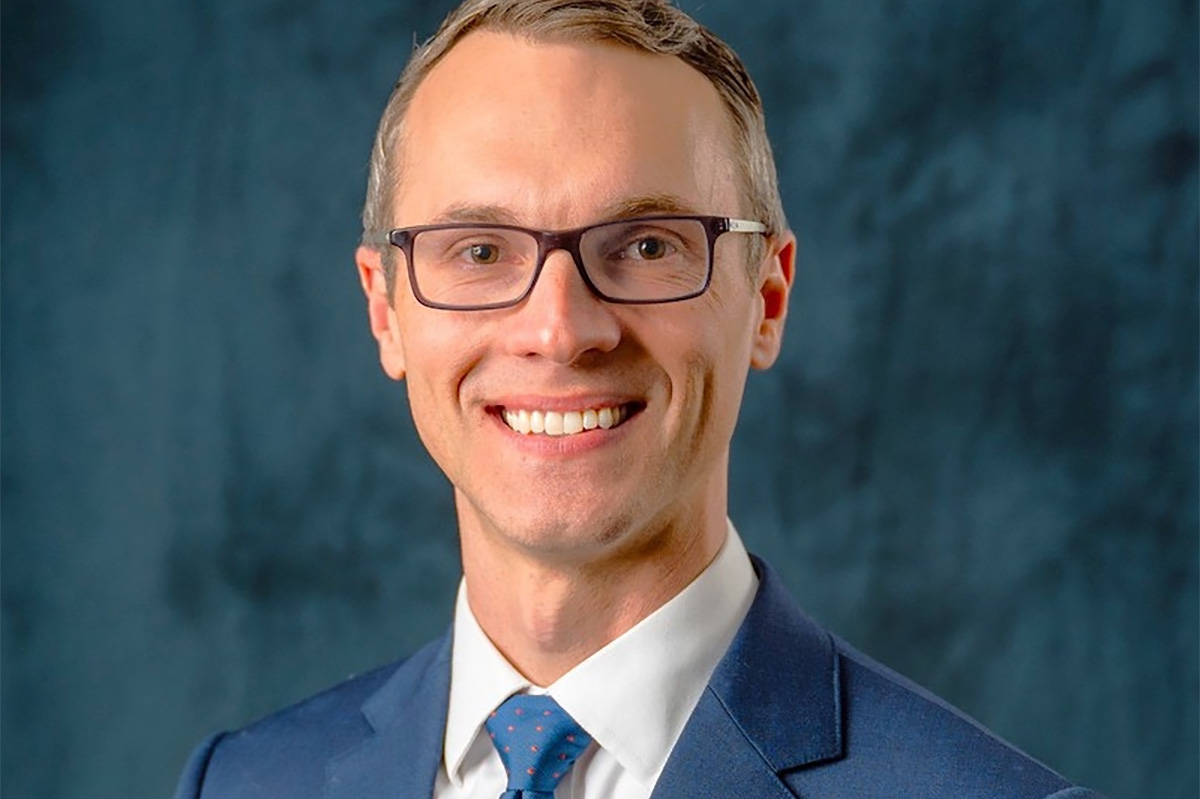
On Saturday, Fairfax County Supervisor James Walkinshaw won the Democratic primary for the special election that will determine who will represent Virginia’s 11th Congressional District.
The special election is being held following the death of the late Congressman Gerry Connolly, who represented the district from 2008 until 2024, when he announced his retirement, and subsequently passed away from cancer in May.
Walkinshaw is not unknown to Virginia’s 11th District — he has served on the Fairfax County Board of Supervisors since 2020 and had served as Connolly’s chief of staff from 2009 to 2019. Before he passed away, Connolly had endorsed Walkinshaw to take his place, claiming that choosing Walkinshaw to be his chief of staff was “one of the best decisions I ever made.”
The Democratic nominee has run his campaign on mitigating Trump’s “dangerous” agenda of dismantling the federal bureaucracy, which in the district is a major issue as many of the district’s residents are federal employees and contractors.
“I’m honored and humbled to have earned the Democratic nomination for the district I’ve spent my career serving,” Walkinshaw said on X. “This victory was powered by neighbors, volunteers, and supporters who believe in protecting our democracy, defending our freedoms, and delivering for working families.”
In addition to protecting federal workers, Walkinshaw has a long list of progressive priorities — some of which include creating affordable housing, reducing gun violence, expanding immigrant protections, and “advancing equality for all” by adding sexual orientation and gender identity to the Fair Housing Act.
Various democratic PACs contributed more than $2 million to Walkinshaw’s ad campaigns, much of which touted his connection to Connolly.
Walkinshaw will face Republican Stewart Whitson in the special election in September, where he is the likely favorite to win.
Maryland
LGBTQ suicide prevention hotline option is going away. Here’s where else to go in Md.
Changes will take effect July 17
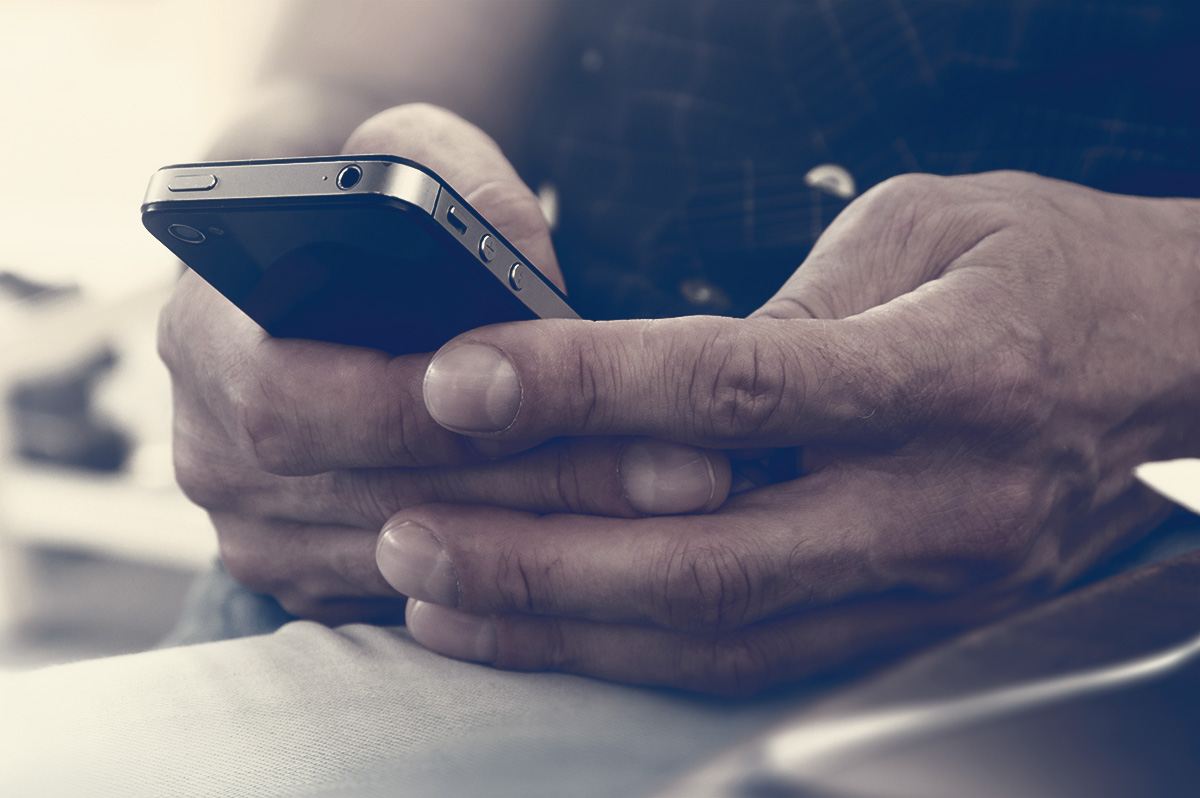
By ANNA RUBENSTEIN | The national suicide prevention hotline will no longer offer specialized support to LGBTQ people, starting July 17, the Trump administration announced last week.
Dialing the hotline at 988 will still be available for crisis support. But callers will no longer be able to reach specific LGBTQ services by pressing Option 3. The change worries advocates because their data shows the LGBTQ community has a disproportionally high suicide rate.
Even after the option ends, here’s how to receive tailored support if you’re in Maryland.
The rest of this article can be found on the Baltimore Banner’s website.
Maryland
Silver Spring holds annual Pride In The Plaza
‘Today means inclusion. It means to build resilience’

Silver Spring’s annual Pride in the Plaza event took place on Sunday to celebrate the LGBTQ community and emphasize inclusion and resilience.
“Today means inclusion. It means to build resilience, love,” Robyn Woods, program and outreach director for Live In Your Truth, which organized the event, said. “I mean, just being surrounded by the community and so many great entrepreneurs, business owners, and just being a part of this whole rainbow coalition that we call the LGBTQIA to be about.”
With the event being her first time organizing for Live In Your Truth, Woods said she felt emotional to see the support and love at the event.
“Some people (are) bringing out their children, their babies, their grandparents,” Woods said. “It’s a lot more allies here than anything else. That type of support to me means so much more than just support from my community; just outside support, inside support, so much support around it, so much love. Everyone’s smiling outside, helping each other.”
Attendees of the event were able to head over to the Family Fun Zone, an air-conditioned Pride Cool Down Lounge, or watch live drag performances in the main stage area.
Along with entertainment and a shaved-ice stand, rows of information tables stood along the plaza, including FreeState Justice, the Washington Spirit, Trans Maryland, Moco Pride Center, and the Heartwood Program, an organization that offers support, therapy, education, and resources to the LGBTQ community.
“I want people to know about our services, and I love what we have to offer,” Jessica Simon, psychotherapist for Heartwood Program’s Gender Wellness Clinic, said. “I (also) want to be part of a celebration with the community, and so it feels good to be here with other people who have something they want to give to the community.”
She added that within today’s political climate, to which she called an “antidote to shame,” it’s important to be celebrating Pride.
“There’s a lot of demonization of LGBTQI people,” Siena Iacuvazzi, facilitator for Maryland Trans Unity, said. “(Pride) is part of the healing process.”
Iacuvazzi said she was taught to be ashamed of who she was growing up, but being a part of a community helped her flourish in the future.
“I was taught how to hate myself. I was taught that I was an abomination to God,” she said. “But being a community is like understanding that there are people who have experienced the same thing, and they’re flourishing. They’re flourishing because they’re willing to stand up for themselves as human beings and discover themselves and understand what’s true for themselves.”
She added that Pride allows for a mutual understanding to take place.
“It’s more of a sense of belonging … and just taking that home and understanding you’re not alone,” Iacuvazzi said. “We’re each taking our own journey — we’re not putting that on each other. It’s just walking away with a sense of belonging and humanity.”
Similar to Iacuvazzi, Woods said she hopes attendees’ biggest takeaways would be family, fun, resilience, and pride.
“Being proud of yourself, being happy for who you are, and representation and how much it matters,” she continued. “And I think all these young people that are walking around here get to see versions of themselves, but older. They get to see so many different lesbian, gay, bisexual, pansexual people that are successful, that are showing love, that care, and it’s not how we’re portrayed in the media. It’s lovely to see it out here. (It’s) like we’re one big old, happy family.”
-

 U.S. Supreme Court5 days ago
U.S. Supreme Court5 days agoSupreme Court upholds ACA rule that makes PrEP, other preventative care free
-

 U.S. Supreme Court5 days ago
U.S. Supreme Court5 days agoSupreme Court rules parents must have option to opt children out of LGBTQ-specific lessons
-
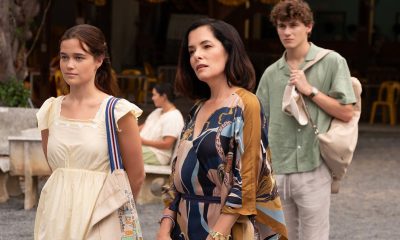
 Television5 days ago
Television5 days ago‘White Lotus,’ ‘Severance,’ ‘Andor’ lead Dorian TV Awards noms
-
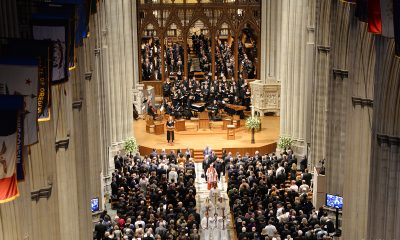
 Music & Concerts5 days ago
Music & Concerts5 days agoBerkshire Choral to commemorate Matthew Shepard’s life

